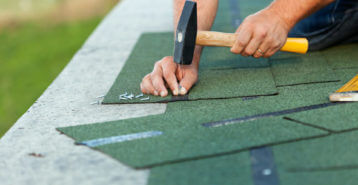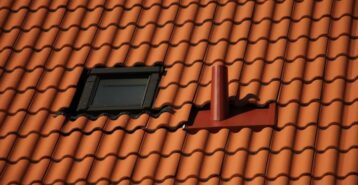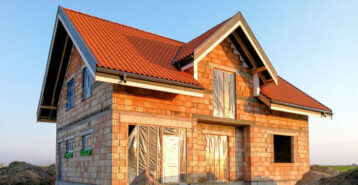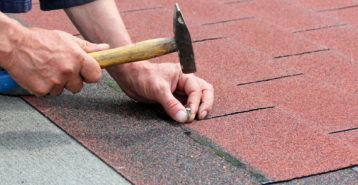Weather-Resistant Roofing: How to Choose the Right Material for Your Climate
No matter how prepared you are, Mother Nature always finds a way to surprise you. When severe weather hits, your roof often takes the brunt of the damage. Investing in weather-resistant roofing is one of the best ways to protect your home — but there’s no single solution that works for everyone.
The ideal roofing material depends heavily on where you live. The roof that performs beautifully in Arizona won’t hold up the same way in Minnesota or Florida. Below, we’ll walk through the best roofing materials for every climate so you can make a confident, informed choice.
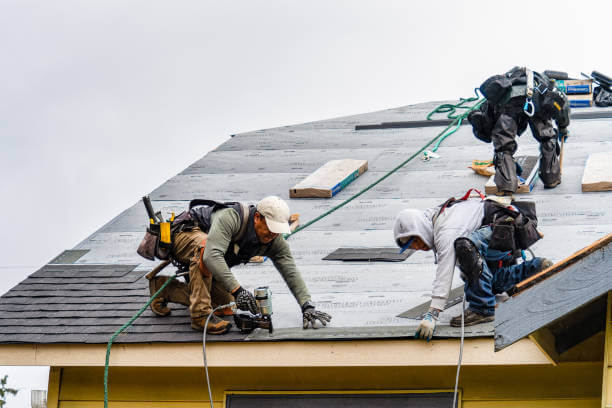
Why Your Roof Should Match Your Climate
Every roof wears down over time, but some fail much faster if they’re not designed for local conditions. Heat, humidity, ice, wind, and hail each take their toll in different ways.
- Hot or dry climates: UV rays and high temperatures cause fading, cracking, and warping.
- Cold climates: Ice dams and heavy snow can lead to leaks or even collapse.
- Storm-prone regions: Wind and debris can tear shingles loose or cause impact damage.
Choosing a roof built for your area helps it last longer, perform better, and save you money on repairs and energy costs.
Best Roofing for Extreme Weather
“Extreme weather” means anything that pushes your roof beyond normal wear — from blizzards to hurricanes. Here’s what works best for each type of severe weather.
Best Roofs for Snow and Ice
Snow and ice can be tough on a roof. The extra weight and repeated freeze-thaw cycles can cause cracking or leaks. The key is to choose materials that shed snow easily and resist moisture damage.
Top choices:
- Metal roofing — Snow slides right off, reducing buildup and ice dams.
- Polymer-modified shingles — Engineered for flexibility and cold-weather strength.
- Slate roofing — Dense and naturally water-resistant.
- Clay tiles — Suitable for areas with cold but dry conditions.
- Fiberglass asphalt shingles — Affordable and reinforced for durability.
Best Roofs for Hurricanes and High Winds
If you live along the coast or in a region known for strong storms, you need a roof that can stand up to wind gusts over 100 miles per hour. The right installation matters just as much as the material itself.
Top choices:
- Standing seam metal roofing — Interlocking panels stay put in high winds.
- Asphalt shingles — Opt for Class F or UL 2218–rated products for wind resistance.
- Wood shakes — Naturally flexible, but should be pressure-treated and tightly fastened.
- Concrete or ceramic tiles — Heavy enough to resist uplift when properly anchored.
- Natural slate — Durable and highly resistant to flying debris.
Best Roofs for Hail
Hail is one of the biggest culprits behind roof damage — and often one of the costliest to repair. Choosing impact-rated materials can save you thousands in the long run.
Top choices:
- Rubber roofing — Absorbs impact without cracking.
- Metal roofing — Resilient and dent-resistant, depending on material and gauge.
- Impact-rated asphalt shingles — Look for Class 4 certification.
- Slate roofing — Hard, dense, and naturally impact resistant.
- Clay barrel tiles — Thick and durable, though installation is key to performance.
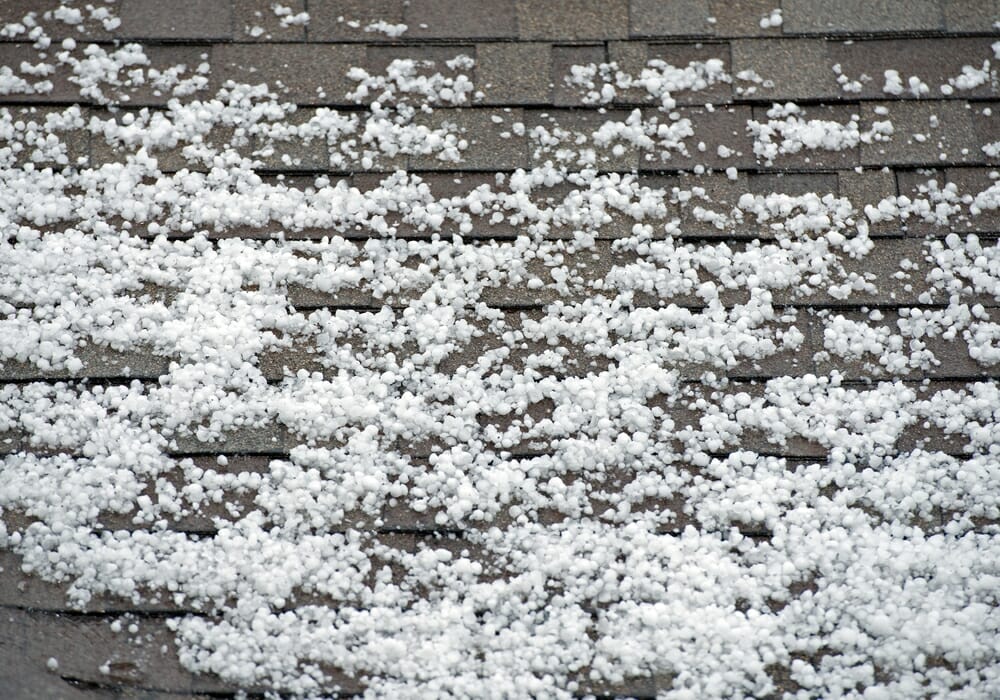
Best Roofing by Climate
Hot Climates
If you live somewhere that sees more sunshine than storms, heat management becomes your top priority. “Cool roof” materials are designed to reflect sunlight and prevent your attic from turning into an oven.
Recommended materials:
- Metal roofing
- Clay or concrete tiles
- Slate tiles
- Solar shingles
- Green or “living” roofs
- Rubber or membrane roofing
These materials reduce heat absorption and can help lower your cooling costs throughout the summer.
Cold Climates
Cold weather calls for a strong, insulated roof that can handle snow loads without trapping heat or moisture underneath.
Recommended materials:
- Slate tile roofing
- Metal roofing
- Asphalt shingles
- Concrete tiles
- Clay tiles
- Wood shakes or shingles
Metal and slate roofs perform especially well when paired with proper insulation and ventilation.
Dry Climates
Desert conditions can wear a roof down faster than you might expect. Sun exposure, sand, and extreme temperature swings demand materials that can take the heat.
Recommended materials:
- Clay or ceramic tiles
- Metal roofing
- Concrete tile roofing
- Slate tiles
Light-colored or reflective finishes can help reduce heat buildup and extend the life of your roof.
Wet Climates
If you live where it rains often, water resistance is your first priority. The right roof will repel moisture, prevent leaks, and resist mold or algae growth.
Recommended materials:
- Asphalt shingles with algae-resistant coating
- Metal roofing
- Slate roofing
- Concrete tiles
- Clay tiles
- Cedar shakes (when properly sealed)
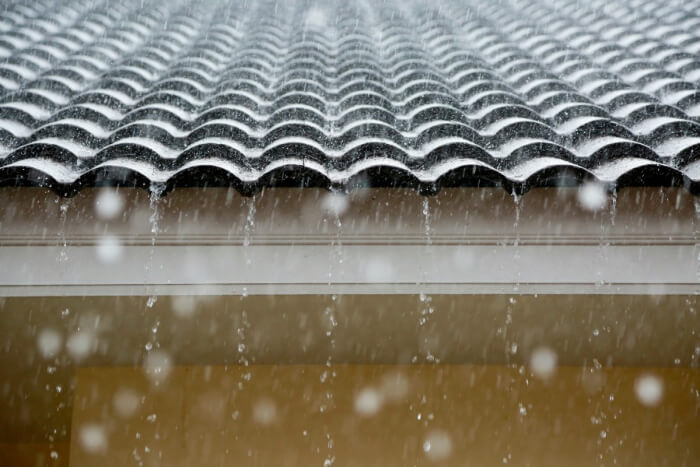
Finding the Right Contractor
No matter which roofing material you choose, installation quality makes all the difference. Even the most weather-resistant product won’t perform as promised if it’s installed incorrectly.
Here’s how to make sure you hire the right pro:
- Ask friends and neighbors for recommendations.
- Get at least three or four quotes before making a decision.
- Confirm that your contractor is licensed, insured, and experienced with your chosen material.
If you’d rather skip the legwork, Modernize can match you with up to four vetted roofing contractors in your area who understand your local climate and roofing needs.
Get matched with the best local roofing pros.
Compare top-rated roofing pros in your area.
Read real homeowner reviews, explore qualifications, and view promotions. Modernize makes it easy to browse professionals and find one that will be perfect for your project.




